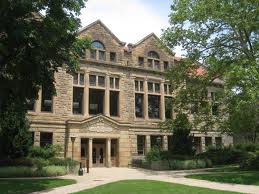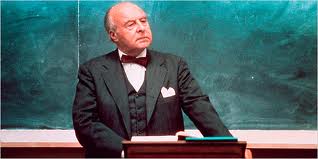The fall semester is upon us, and that means one thing: It’s pilot (project) season for textbooks and their e-alternatives.
Most students are stepping into their first class either this week or the next, and many of them will find themselves participating in their institution’s latest cost-saving experiment, reports InsideHigher Ed. “In the name of student savings, institutions are testing everything from all-tablet learning to textbook rentals to open educational resources (OER) — though similar projects delivered mixed results last year.
This year’s experiments are not markedly different than those of previous years, but institutions are launching new pilot projects with “tremendous forward momentum,” said Nicole Allen, OER director of the Scholarly Publishing and Academic Resources Coalition, which promotes open-source alternatives in scholarly research.
“Semester after semester, students are facing higher and higher prices of textbooks,” Allen said. “There’s frustration with the fact that the current system for publishing textbooks puts up legal barriers, which is counter to what the Internet has to offer. The idea of a framework like open educational resources that makes that information available free is really appealing and in many ways common sense.”
“Put on notice by the president and pressured by cost-conscious families to make higher education more affordable, many institutions spy an opportunity to respond to the charge by curbing the cost of textbooks and other educational materials, although not necessarily with open resources. Common strategies include allowing students rent textbooks for a semester or pushing bookbag-friendly e-textbooks. Yet other institutions are launching more ambitious projects, like Lynn University’s investment in hundreds of iPad minis for its incoming freshmen, which shifts part of the cost from the student to the university.
“Lynn hosted the third and final presidential debate last October, and has taken advantage of a massive upgrade to its wireless infrastructure that was required to accommodate the campaign media circus. Faculty members have for months tinkered with laptops and tablets to familiarize themselves with the iOS platform, and this fall, the university will offer nine introductory courses through Apple’s digital course manager, iTunes U.
“Essentially, our goal is to get rid of all textbooks in our core curriculum,” said Chris Boniforti, the university’s chief information officer. “Without getting myself in too much trouble, I’d like for that to happen next year.”
“Given Apple’s tendency to update its tablets about once a year, Boniforti said students will be able to upgrade to the newest model once their iPad has turned two years old. Upperclassmen interested in the courses can also rent an iPad for $100 — less than the cost of the textbook. If a student breaks the iPad, whether by accident or not, the university will repair it and issue a rental in the meantime. That’s a lot of iPads, Boniforti acknowledged.”
Read more: http://www.insidehighered.com/news/2013/08/28/cost-textbooks-focus-universities-launch-pilot-projects#ixzz2dKaIPGH4
Inside Higher Ed













